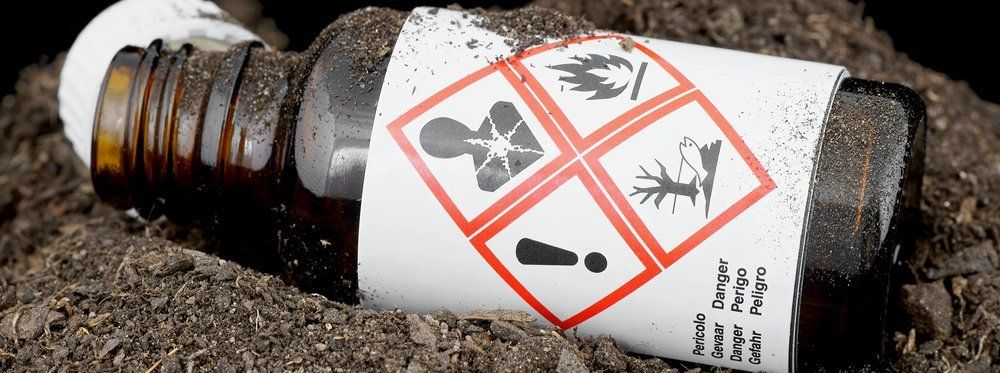Preventing the Flu in Your Workplace

On average, 13% of the U.S. population gets the flu every year, with active flu seasons seeing closer to 20%, or more than 62 million Americans, according to the Centers for Disease Control and Prevention (CDC).
In addition to the 100 million work days lost due to flu-related illness last season, more than one-third of those days would have been uncompensated with the costs borne by the employee, resulting in $6.8 billion in lost wages.
When it comes to sick time and employers' costs, nearly two-thirds of total missed work days would have been employer-paid, resulting in a cost of more than $10 billion to companies' bottom lines due to lost productivity. In addition to missed work days, nearly 2 million business trips were canceled last season, based on survey projections.
So, how can the effects of the 2013-2014 influenza season be mitigated in your workplace? In large part, by making use of the following three (3) methods:
- Vaccination - CDC recommends a yearly flu vaccine for everyone 6 months of age and older as the first and most important step in protecting against this serious disease. While there are many different flu viruses, the flu vaccine is designed to protect against the three main flu strains that research indicates will cause the most illness during the flu season.
Getting the flu vaccine as soon as it becomes available each year is always a good idea, and the protection you get from vaccination will last throughout the flu season. The timing of flu is very unpredictable and can vary from season to season. Flu activity most commonly peaks in the U.S. in January or February. However, seasonal flu activity can begin as early as October and continue to occur as late as May.
Flu vaccines are designed to protect against three influenza viruses that experts predict will be the most common during the upcoming season. Three kinds of influenza viruses commonly circulate among people today: Influenza A (H1N1) viruses, influenza A (H3N2) viruses, and influenza B viruses. Each year, one flu virus of each kind is used to produce seasonal influenza vaccine.
Everyday preventive steps will help to reduce the spread of germs:
- Avoid close contact with people who are sick. When you are sick, keep your distance from others to protect them from getting sick too.
- Stay home when you are sick. If possible, stay home from work, school, and errands when you are sick. You will help prevent others from catching your illness.
- Cover your mouth and nose with a tissue when coughing or sneezing. It may prevent those around you from getting sick.
- Clean your hands to help protect from germs. If soap and water are not available, use an alcohol-based hand rub.
- Avoid touching your eyes, nose or mouth. Germs are often spread when a person touches something that is contaminated with germs and then touches his or her eyes, nose, or mouth.
- Practice other good health habits. Clean and disinfect frequently touched surfaces, especially when someone is ill. Get plenty of sleep, be physically active, manage your stress, drink plenty of fluids, and eat nutritious food.
As an employer, consider implementing these specific CDC-recommended strategies this flu season.
Strategy 1:
Host a flu vaccination clinic in the workplace.
To minimize absenteeism, employers frequently offer onsite seasonal flu vaccination to employees at no or low cost to their employees. This option can work well if the employer has an on-site occupational health clinic. If you don’t have a clinic, pharmacies and community vaccinators can be contracted to provide seasonal flu vaccination services on-site.
Strategy 2: Promote flu vaccination in the community.
Make sure your employees know where they and their family can get seasonal flu vaccination in the community. Find out about health providers, pharmacies or clinics that offer seasonal flu vaccinations in your community. Partner with a pharmacy or provider to get your employees vaccinated.
Visit www.flu.gov for additional resources on preventing influenza.









